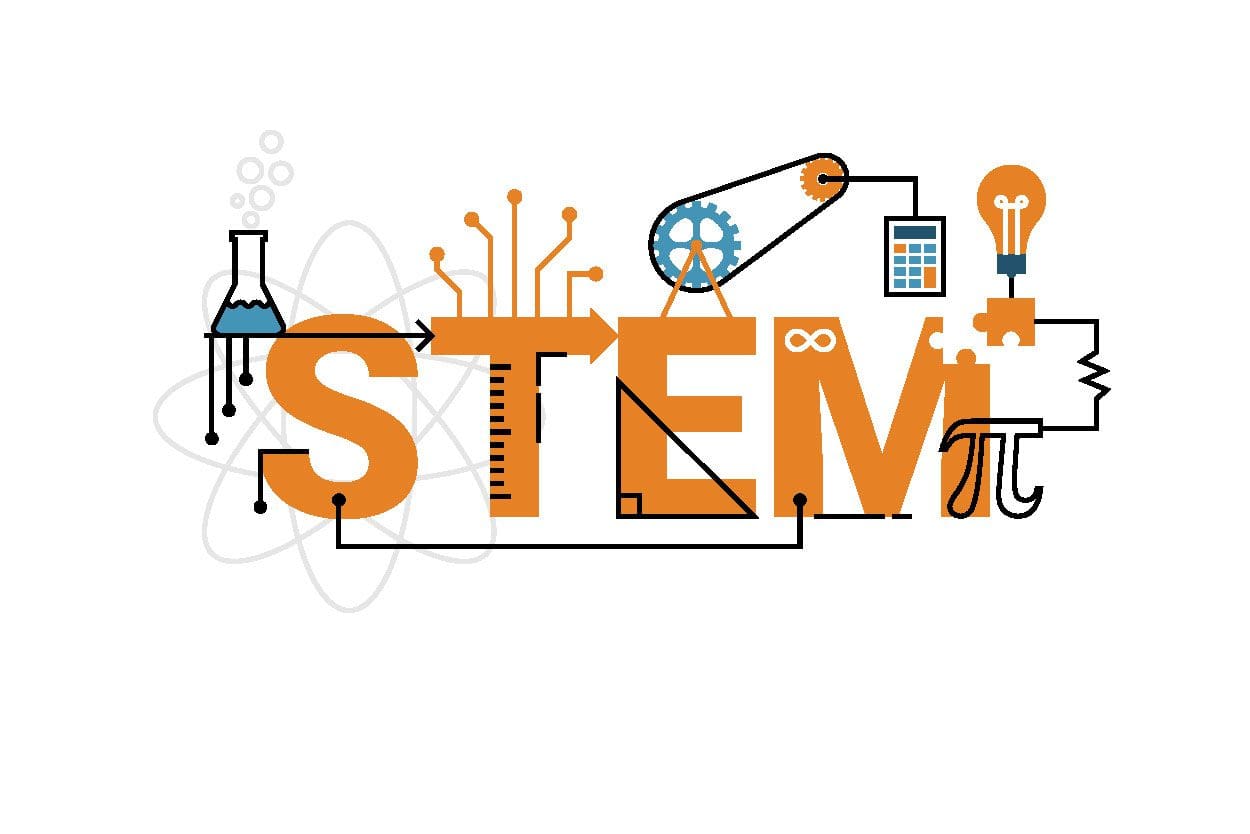Batter Links: Your Gateway to Trending News
Stay updated with the latest trends and insights from around the world.
STEMming the Tide: Why Today’s Kids Need a Splash of Science, Tech, Engineering, and Math
Explore why today's kids must dive into STEM education and prepare for a future driven by science, tech, engineering, and math!
The Importance of STEM Education: Building Skills for the Future
STEM education—encompassing Science, Technology, Engineering, and Mathematics—is becoming increasingly vital in today's rapidly evolving job market. By integrating these disciplines, students develop critical thinking and problem-solving skills essential for navigating complex challenges in various fields. Moreover, STEM education fosters creativity and innovation, encouraging learners to think outside the box and explore new ideas. For instance, engaging in hands-on experiments or coding projects helps students understand theoretical concepts while applying them in practical settings.
The benefits of STEM education extend beyond personal skill development; they also contribute to the economic growth and technological advancement of society. A strong foundation in STEM prepares students for careers in high-demand sectors, ensuring that the workforce meets the needs of modern industries. According to research, jobs in STEM fields are projected to grow significantly, thereby filling a crucial gap in the labor market. As we move towards a future driven by technology, focusing on STEM education will empower the next generation to tackle global challenges and drive sustainable progress.

How to Foster a Love for Science and Math in Children
Fostering a love for science and math in children can begin at an early age with engaging and interactive activities. One effective approach is to incorporate hands-on experiments that spark curiosity. For example, you can create a simple science project using household materials, like a baking soda and vinegar volcano. Not only does this make learning fun, but it also allows children to see the principles of chemistry in action. Additionally, exploring nature through outdoor activities, such as observing local plants and animals, can help children appreciate the scientific world around them.
Another important aspect is to integrate math concepts into daily life. Encourage children to help with cooking by measuring ingredients, or involve them in planning a family budget by discussing how to save and spend wisely. These real-world applications of math help children understand its relevance and usefulness. Furthermore, using games and puzzles can reinforce math skills in a playful manner. Incorporating stories that feature scientific themes or famous scientists can also inspire children and foster a lasting interest in both science and math.
What Are the Benefits of STEM Activities for Kids?
STEM activities, focusing on Science, Technology, Engineering, and Mathematics, provide numerous benefits for kids. Engaging in these activities helps cultivate critical thinking and problem-solving skills, essential for academic and real-world success. According to various studies, children involved in STEM programs demonstrate improved performance in subjects beyond STEM, fostering a well-rounded education. Additionally, these activities promote creativity and innovation, encouraging children to think outside the box and develop unique solutions to challenges they encounter.
Another significant advantage of STEM activities is the enhancement of collaboration and communication skills. Many STEM projects are designed to be completed in groups, where kids learn to work together, share ideas, and delegate tasks effectively. This collaborative environment helps build teamwork skills, which are crucial in both academic settings and future careers. Furthermore, by incorporating hands-on learning experiences, STEM activities keep kids engaged and excited about learning, making it easier for them to absorb complex concepts and apply them in practical situations.